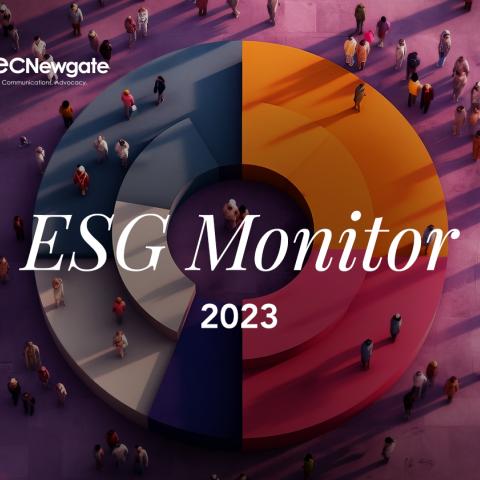Listening to the most insightful voices in climate tech

One month ago today, having flown over to New York City for a climate and real estate innovation conference, three revelations struck me.
One, New York is expensive. Two, people on LinkedIn love a post containing photos of skyscrapers. And three, we need to rethink what we consider ‘innovation’.
CREtech New York – the flagship conference from the global community for innovators in real estate and climate technology – was responsible for the third.
Over the course of the conference, including its inaugural Climate Day as part of New York Climate Week, much more insightful voices than mine demonstrated the vast potential for real estate if it better embraces technology in its everyday and strategic, operations.
Take one example: hardware. When we think of tech, we too quickly think of software – but really, innovation in the built environment (or in any sector) absolutely does not need only to exist on a screen.
CREtech New York kicked off with a product launch from SHED, an innovative scaffolding company seeking to (given the sheer volume of scaffolding in New York) reshape the face of the city. This scaffolding is simpler, more adaptable, and less obtrusive – and a prime example of the importance of hardware when we’re considering innovation.
Another example: climate data is going to become a very hot commodity.
Right now, every real estate investor talks about an asset’s impact on the climate: BREEAM this, EPC that, net zero in construction and operation here and there. But we need to start thinking, and talking, about the climate’s impact on assets. Particularly for those of us who work on a pan-European or transatlantic basis – but even in the UK – an asset is only going to be as investible as its resilience to climate and environmental risks.
Why? Because, with climate change, vast swathes of property could become essentially uninsurable. That’s not ideal if you’re an equity investor, but if you rely on real estate debt then you are going to run into even more challenges with refinancing than you’re currently experiencing.
According to some estimates, the built environment is responsible for 40% of global greenhouse gas emissions. It’s obviously important that we talk BREEAM this and EPC that, but developing new buildings or refurbishing old ones is only part of what the industry needs to be doing.
That’s going to be a major discussion point at CREtech’s new event, its annual CREtech Climate Summit, held this year in Stockholm. A gathering for a few hundred of the world’s leading climate, real estate and technology leaders, discussions in the Swedish capital will once again look at how these trailblazers can bring along the rest of the industry with them.
Fortunately, they’re much more insightful than I am. Which is why I’ll be watching for the outcomes of CREtech Climate, rather than simply advising every client to post more photos of skyscrapers on LinkedIn to generate more engagement.
P.S. New York is expensive. Be prepared.









